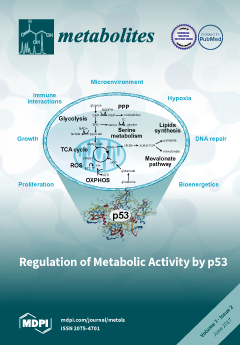Certain endogenous bile acids have been proposed as potential therapies for ameliorating Alzheimer’s disease (AD) but their role, if any, in the pathophysiology of this disease is not currently known. Given recent evidence of bile acids having protective and anti-inflammatory effects on the brain, it is important to establish how AD affects levels of endogenous bile acids. Using LC-MS/MS, this study profiled 22 bile acids in brain extracts and blood plasma from AD patients (
n = 10) and age-matched control subjects (
n = 10). In addition, we also profiled brain/plasma samples from APP/PS1 and WT mice (aged 6 and 12 months). In human plasma, we detected significantly lower cholic acid (CA,
p = 0.03) in AD patients than age-matched control subjects. In APP/PS1 mouse plasma we detected higher CA (
p = 0.05, 6 months) and lower hyodeoxycholic acid (
p = 0.04, 12 months) than WT. In human brain with AD pathology (Braak stages V-VI) taurocholic acid (TCA) were significantly lower (
p = 0.01) than age-matched control subjects. In APP/PS1 mice we detected higher brain lithocholic acid (p = 0.05) and lower tauromuricholic acid (TMCA;
p = 0.05, 6 months). TMCA was also decreased (
p = 0.002) in 12-month-old APP/PS1 mice along with 5 other acids: CA (
p = 0.02), β-muricholic acid (
p = 0.02), Ω-muricholic acid (
p = 0.05), TCA (
p = 0.04), and tauroursodeoxycholic acid (
p = 0.02). The levels of bile acids are clearly disturbed during the development of AD pathology and, since some bile acids are being proposed as potential AD therapeutics, we demonstrate a method that can be used to support work to advance bile acid therapeutics.
Full article






